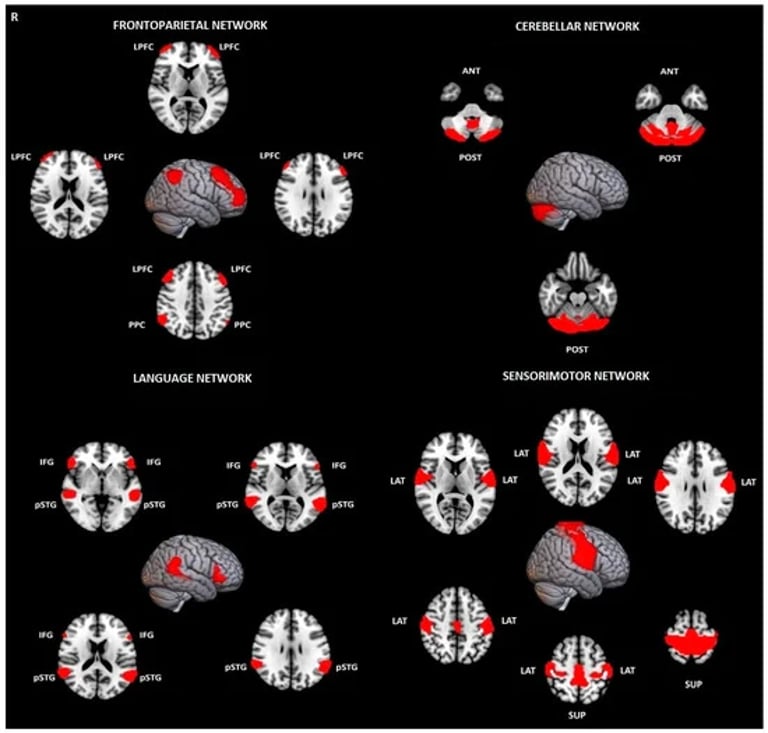Enlarged Brain Network Linked to Higher Depression Risk, Study Reveals
September 19, 2024
Major Depressive Disorder (MDD) is a widespread mental health condition that significantly impacts daily life, affecting approximately 322 million people globally.
A recent study published in the journal Nature has revealed that an enlarged brain network, specifically the frontostriatal salience network, may indicate an increased risk for depression.
Using a technique called Precision Functional Mapping, researchers analyzed high-density brain scans and found that this network was, on average, 73% larger in individuals with depression compared to healthy controls.
Notably, this enlarged network remains stable regardless of whether individuals are currently experiencing depressive symptoms, suggesting it may serve as a structural risk factor present before the onset of the disorder.
Dr. Charles Lynch, a lead author of the study, emphasized that understanding the size of this network could help in early identification of individuals at higher risk for depression.
The study also found that as depressive symptoms intensified, particularly during episodes of anhedonia, the synchronization of signals within the enlarged network decreased.
Additionally, disruptions in the visual network may relate to emotional regulation issues and difficulties in processing visual information among MDD patients.
These findings contribute to a deeper understanding of the pathophysiology of MDD and suggest potential targets for personalized treatment strategies that could improve therapy effectiveness.
The study included 26 patients with drug-resistant MDD and an age-matched control group of 26 healthy subjects, all evaluated using a 3T MRI scanner.
Employing advanced neuroimaging techniques like resting-state functional MRI (rs-fMRI) was crucial for investigating brain connectivity in psychiatric disorders.
Despite these significant findings, questions remain regarding the causes of the network's enlargement, whether it stems from genetic factors or external influences, and if therapeutic interventions can reduce its size.
Ultimately, this research not only enhances our understanding of depression but also opens avenues for developing new treatment strategies.
Summary based on 4 sources
